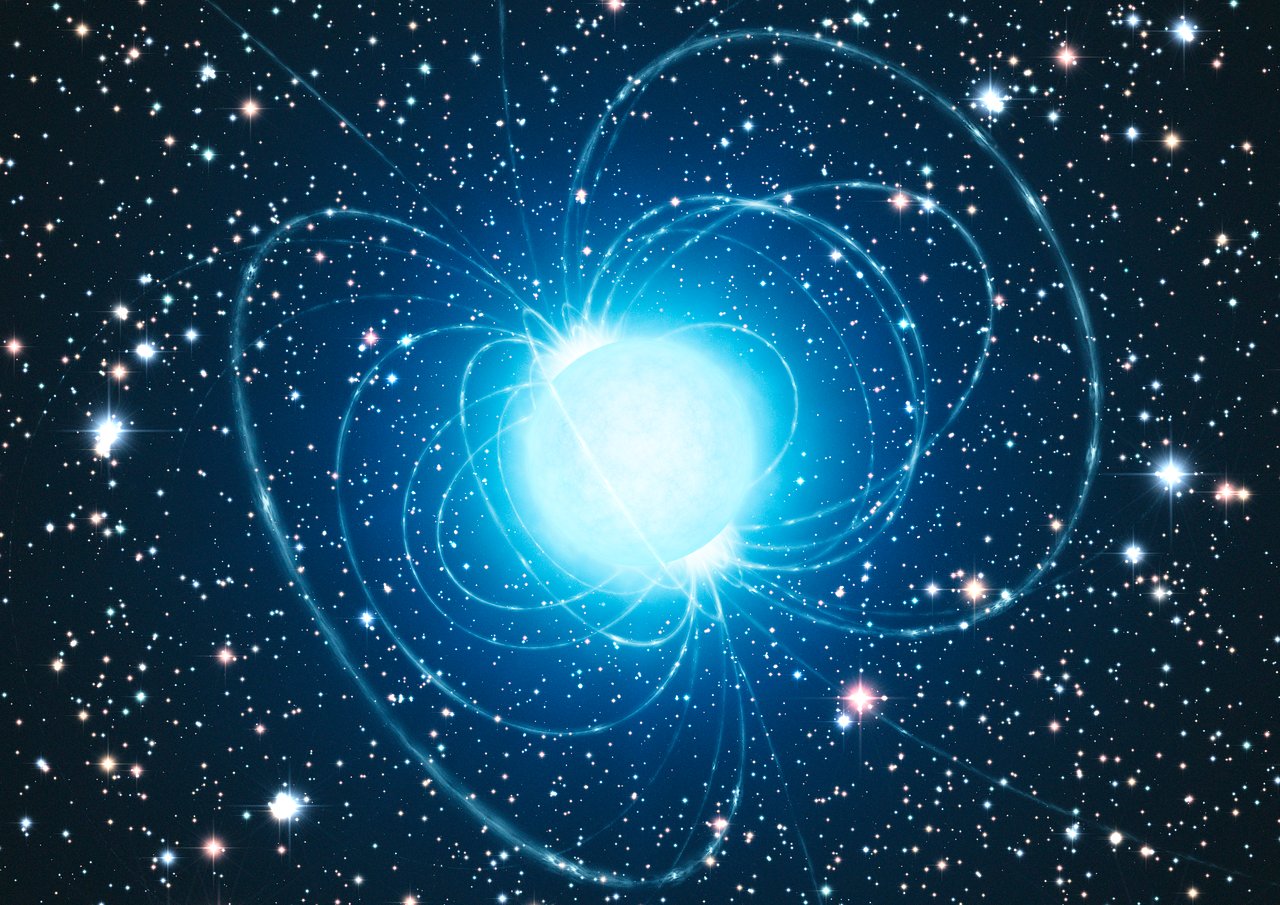Evidence for a hypothetical particle long sought by scientists could have been hiding before our eyes all this time.
The X-ray emissions from a collection of neutron stars, dubbed the “Magnificent Seven,” are so excessive that they could come from axons, a type of particle proposed by researchers for a long time, produced in the dense nucleus of these dead objects. .
If the discovery is confirmed, the investigation could reveal some of the great mysteries of the physical universe, including mysterious dark matter.
“The discovery of axons was one of the greatest efforts in high-energy particle physics, both in theory and during experiments,” said Raymond Co, an astronomer at the University of Minnesota, USA.
“We think axons could exist, but we haven’t discovered them yet.”
“We believe that axions could exist, but we have not discovered them yet. You can think of axons as ghost particles. They can be anywhere in the Universe, but they do not interact strongly with us so we have not yet been able to observe them,” he added. astronomer.
Axions are hypothetical ultra-low-mass particles, first theorized in the 1970s to explain why strong atomic forces follow something called parity-charge symmetry, since most models say it is not necessary.
At the same time, axons are theorized by many string theory models, a proposed solution to the tension between general relativity and quantum mechanics, and axons of a specific mass are a strong candidate for dark matter. So scientists have many reasons to search for them.
What is the next step
If there are any, the axions are expected to be produced within the stars. These stellar axons are not the same as dark matter axons, but their existence would imply the existence of other types of axons, according to Science alert.
“We are not claiming that we have discovered axons yet, but we are saying that axons can explain extra X-ray photons. It is an interesting discovery of excess X-ray photons and it is an interesting possibility, already in line with our interpretation of axons. ”Said Co.
The next step will be to verify the discovery. If the excess is produced by axons, then most of the radiation should be emitted at higher energies than the XMM-Newton and Chandra observatories are capable of detecting. The researchers hope to use a newer telescope, NASA’s NuSTAR, to observe the “Magnificent Seven” at a much wider range of wavelengths.
We also recommend reading:
Discovery of quantum behavior in insulators suggests possible new particles
A 1998 technology is effective in eliminating SARS-CoV-2 virus particles
Black holes could become massive particle accelerators
Scientists have found rare particles produced inside the Sun under a mountain in Italy





